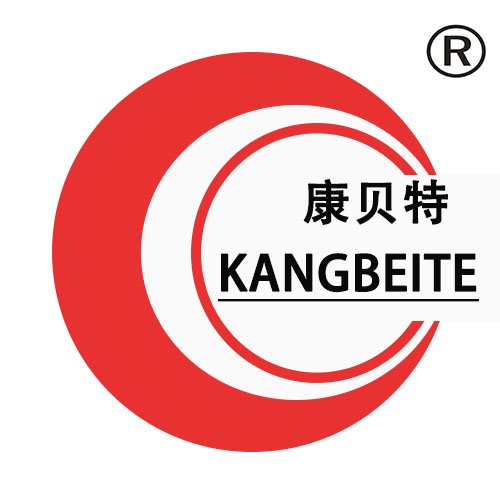Лінія переробки морепродуктів — це інтегрована система з контролем температури, яка створена для вирішення специфічних завдань переробки морепродуктів: високий вміст вологи (70%-85%), делікатна мускулатура та схильність до мікробного псування — від прийому сировини до упаковки готової продукції. Вона відрізняється від загальних ліній переробки риби тим, що зосереджена на обробці конкретних видів (наприклад, лосось, тунець, креветки, кальмари) та дотриманні суворих вимог щодо морепродуктів: Регламент ЄС № 1379/2013, HACCP для морепродуктів FDA та стандарти Global Seafood Alliance (GSA). Лінія починається з прийому: свіжі морепродукти вивантажують у холодну воду (0℃-4℃) або на лід, щоб зберегти холодний ланцюг і запобігти росту бактерій (наприклад, Vibrio spp.). Інспектори з якості перевіряють продукцію за допомогою сенсорних методів (чистота очей, колір зябер, пружність) та швидких мікробіологічних тестів, щоб відкинути псувату продукцію. Підготовчий етап включає миття під високим тиском (харчовою охолодженою водою для видалення слизу та морської води), автоматичне сортування (оптичні сенсори розділяють за розміром/видом) та обробку, що залежить від виду: креветки очищають і видаляють кишечник за допомогою механічних валків, у лососів видаляють дрібні кістки (лазерні системи), а кальмарів потрошать за допомогою точних лез. Основна обробка залежить від типу продукту: свіжі філе нарізають порціями (водяним струменем для однакових шматків) та упаковують у модифіковану атмосферу (MAP) з 60% CO₂, 30% N₂, 10% O₂, щоб подовжити термін зберігання до 7-14 днів; заморожені продукти використовують технологію IQF (швидкого окремого заморожування) при -40℃ до -50℃ протягом 10-30 хвилин (щоб уникнути утворення кристалів льоду); продукти підвищеної цінності (риба з паніруванням, мариновані кальмари) проходять через машини для обсипання (прилипання панірування) та барабани для просочення смаковими добавками перед приготуванням. Усі поверхні, що контактують з продукцією, виготовлені з нержавіючої сталі 316L (стійкої до корозії від солі), з гладкими зварними швами і без мертвих кутів для простого очищення. Температурні датчики контролюють кожен етап, щоб уникнути «небезпечного діапазону» температур 4℃-60℃, а система блокчейн-трейсування відстежує партії від господарства/судна до роздрібної торгівлі, щоб відповідати вимогам імпорту (наприклад, сертифікати походження ЄС). Для переробників ця лінія підвищує вихід (65%-75% для філе порівняно з 50% при ручній обробці), зменшує витрати на робочу силу (замінює 8-12 працівників) і дозволяє виходити на преміальні ринки (наприклад, суші-клас тунця для Японії, органічний лосось для Європи), забезпечуючи стабільну якість і безпеку продукції.




Авторське право © 2025 компанією Shandong Kangbeite Food Packaging Machine Co., Ltd. Політика конфіденційності